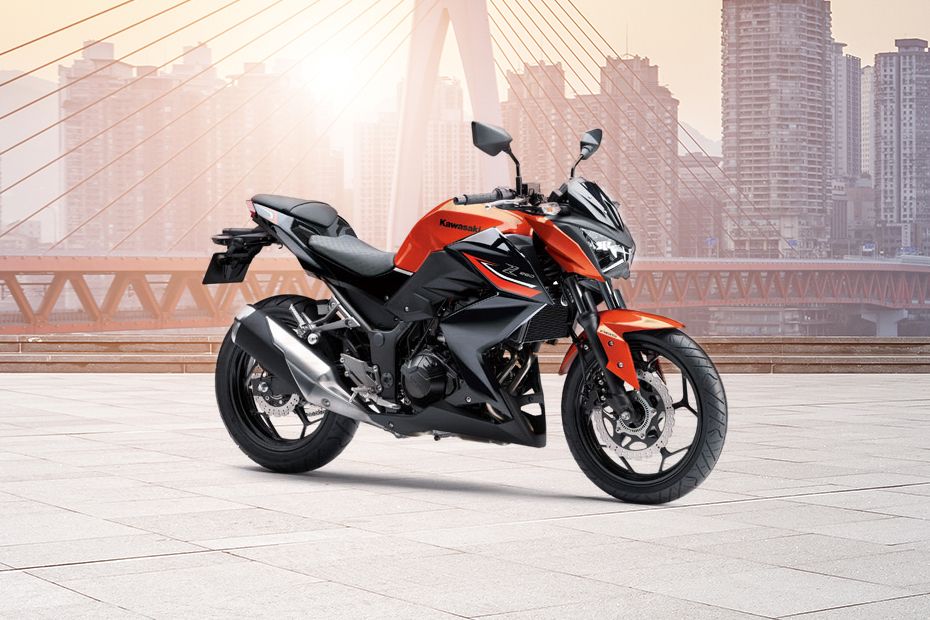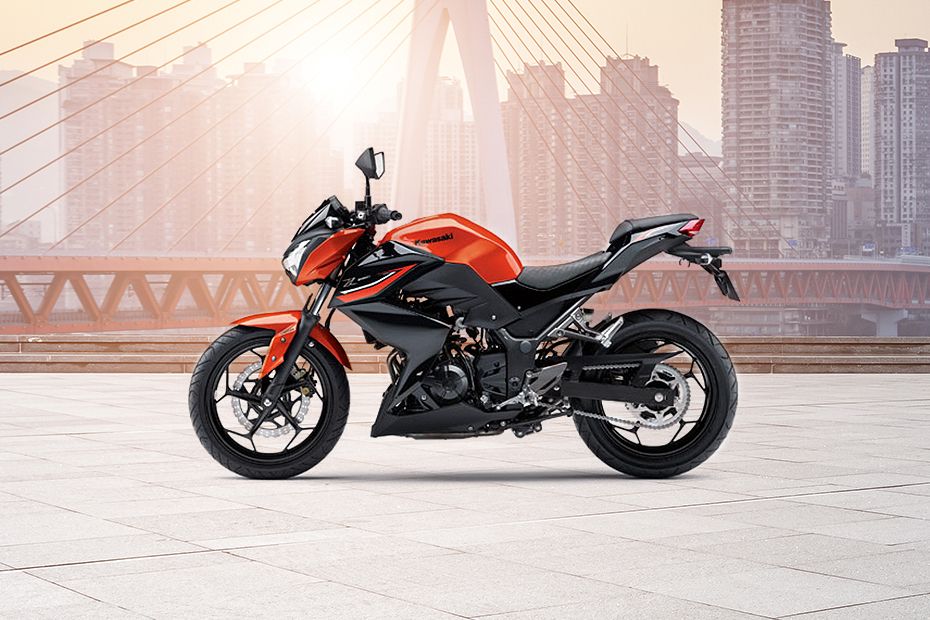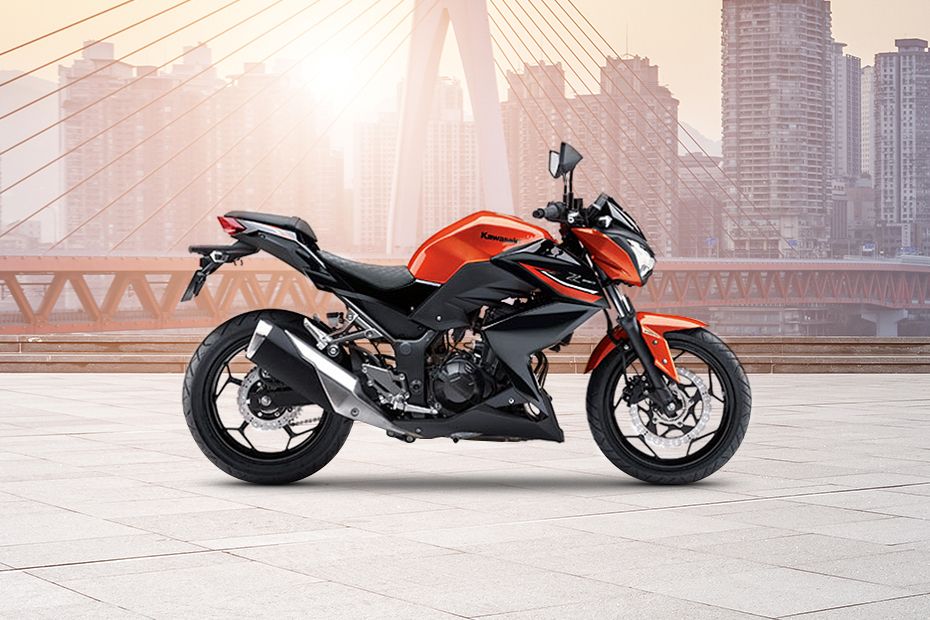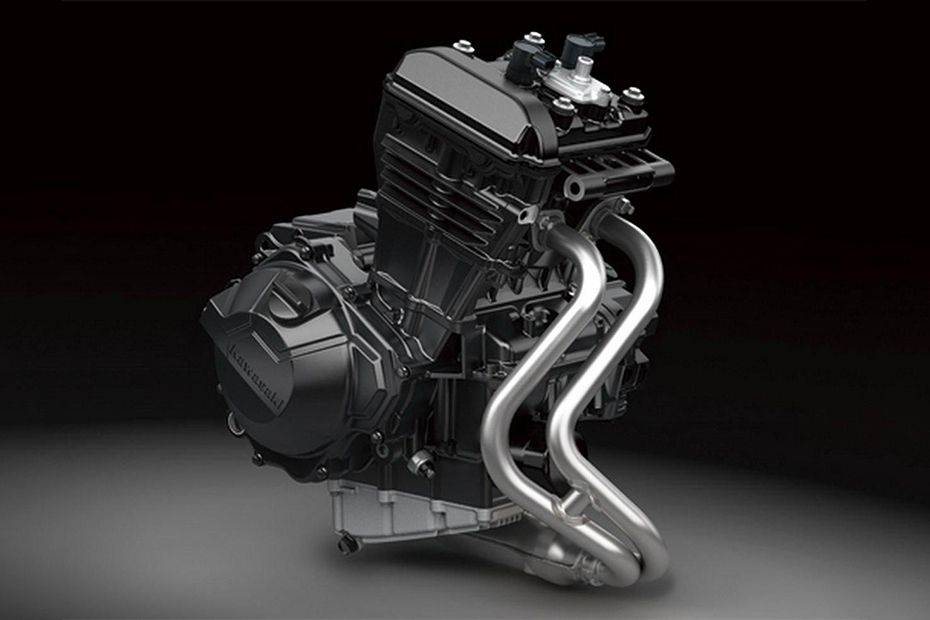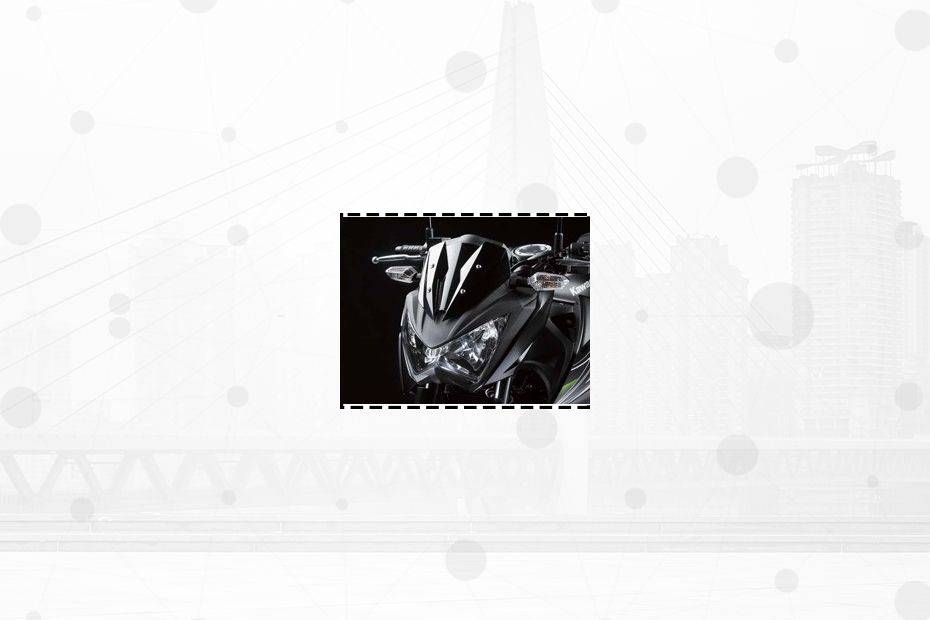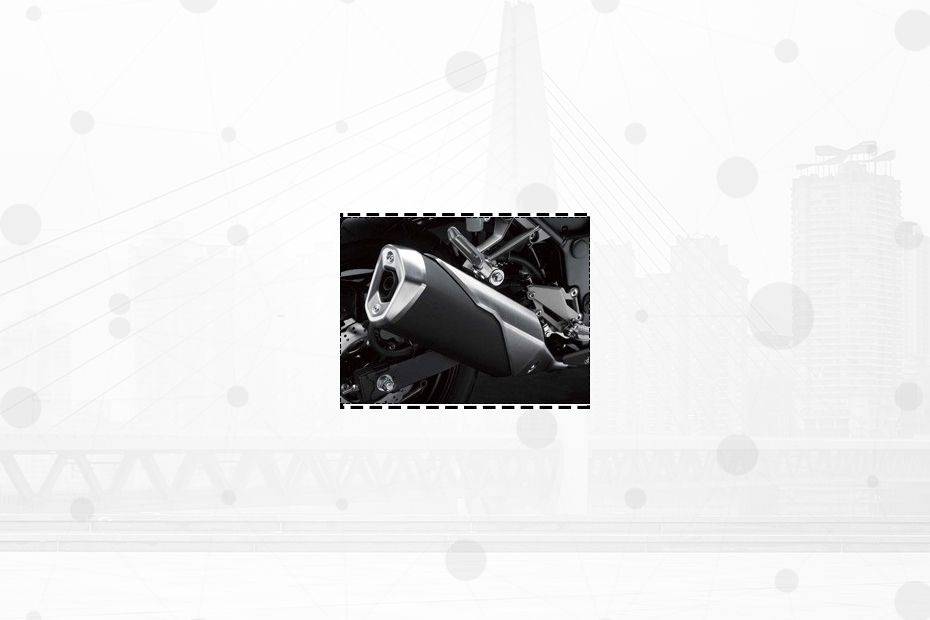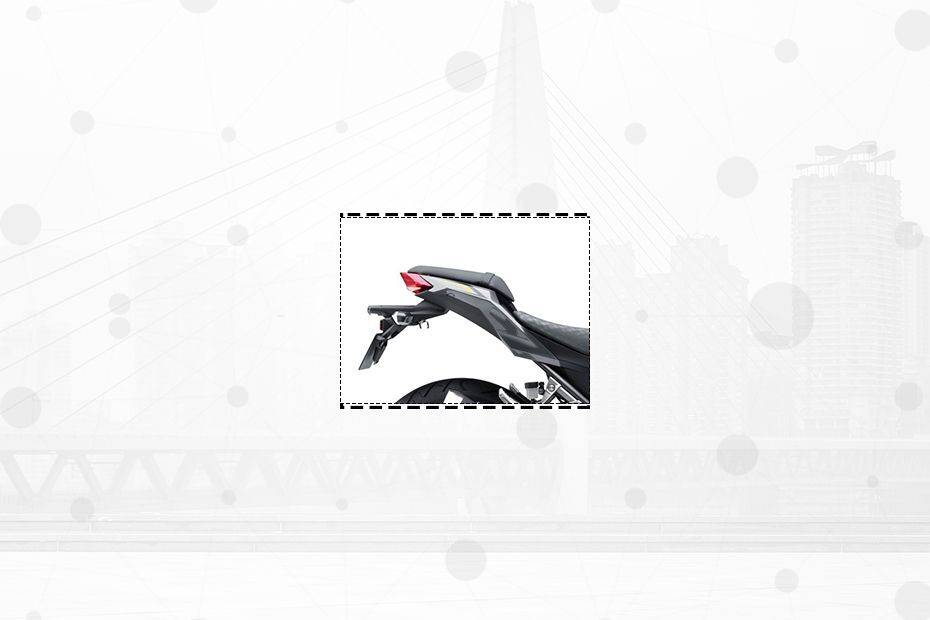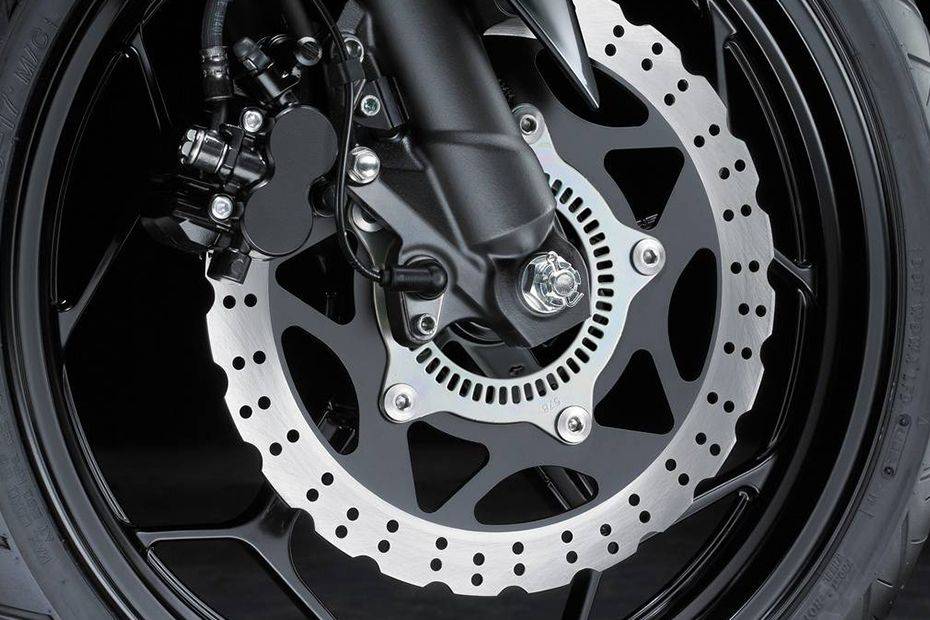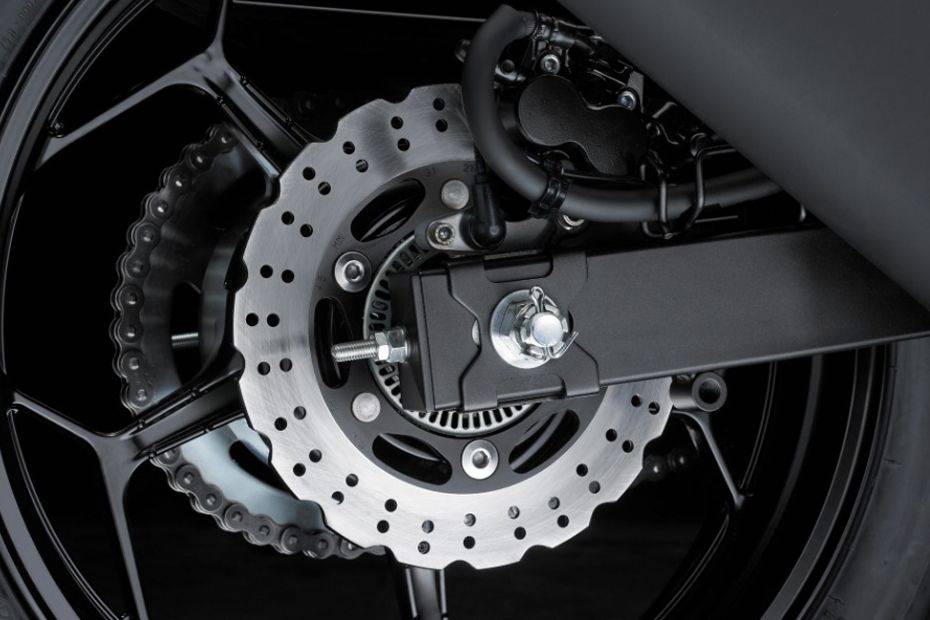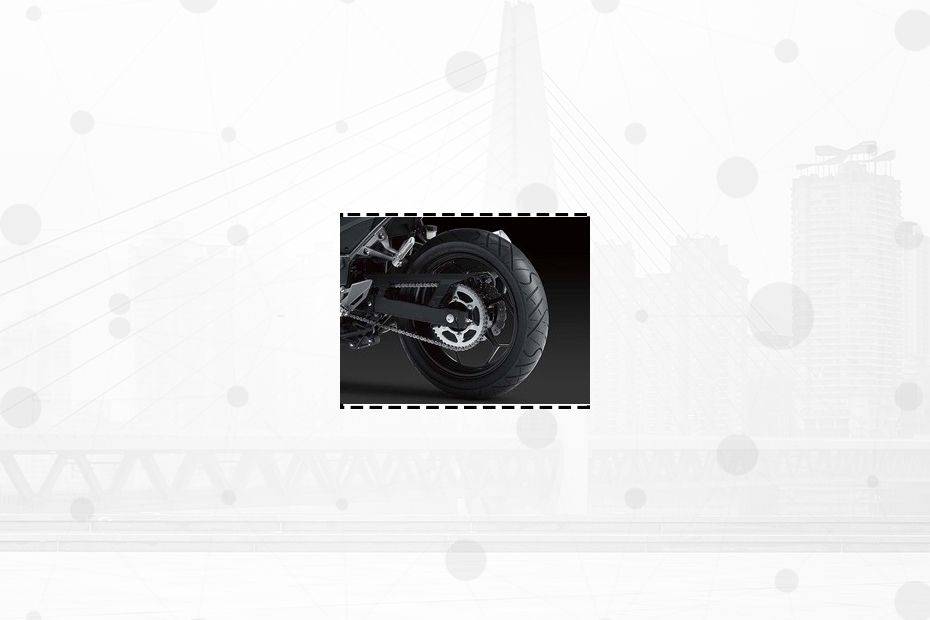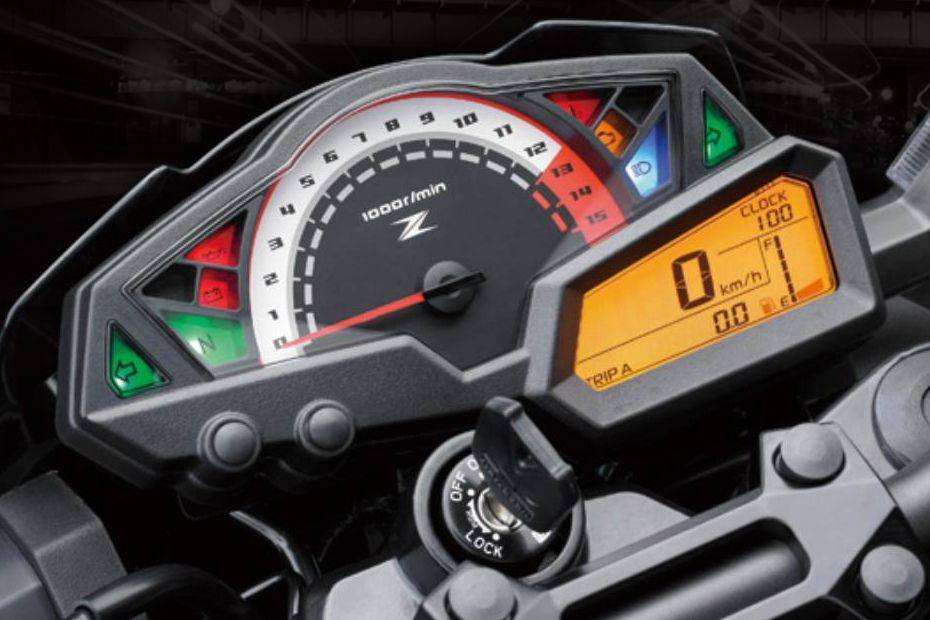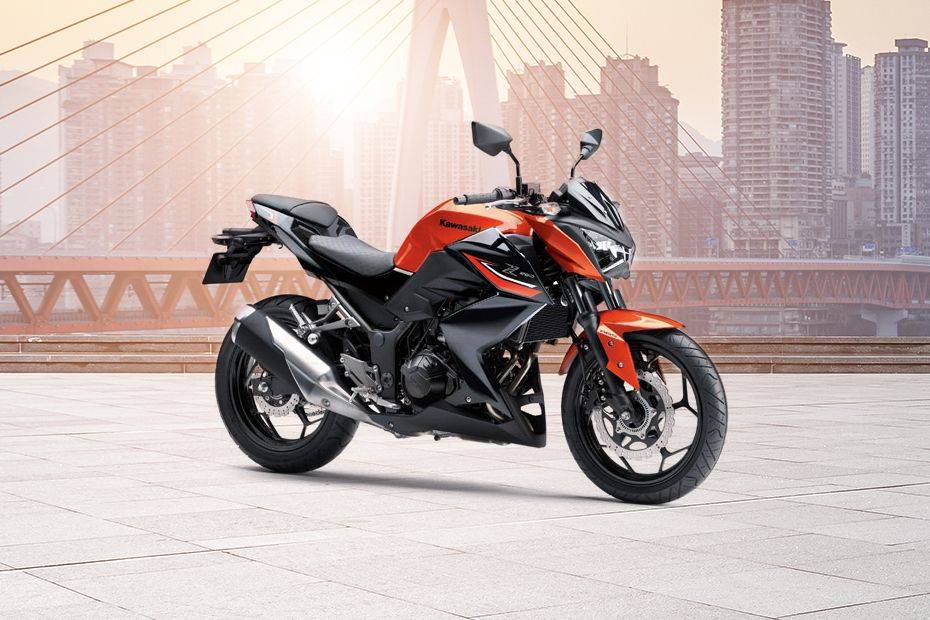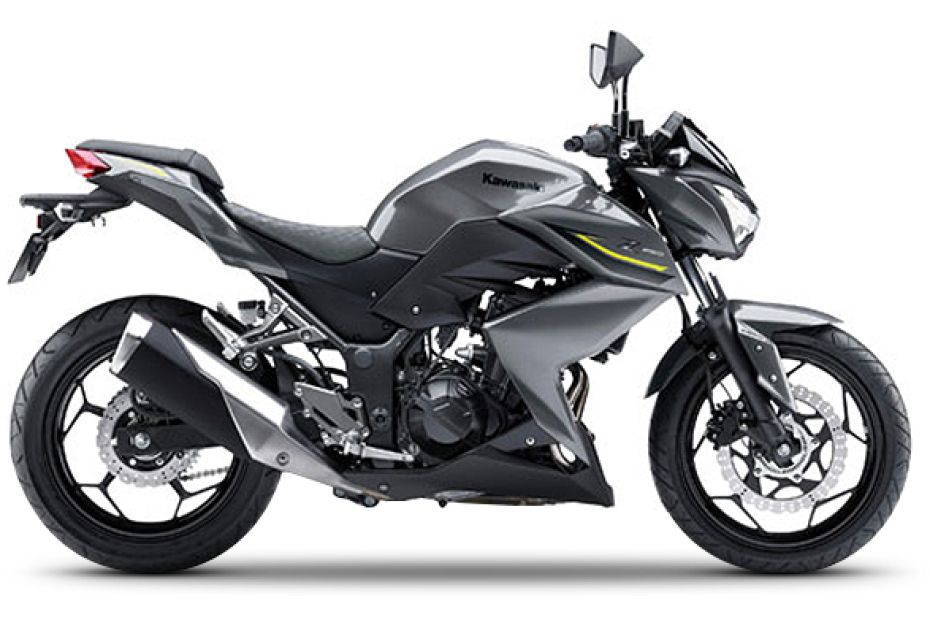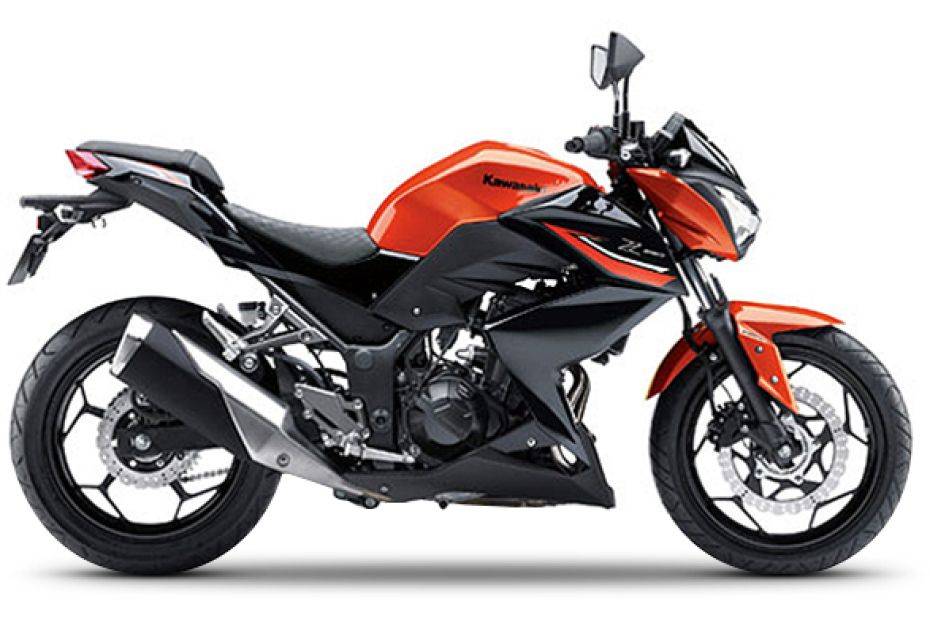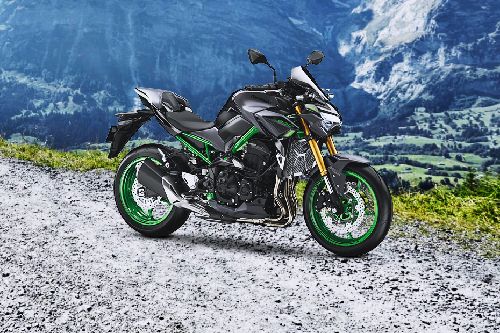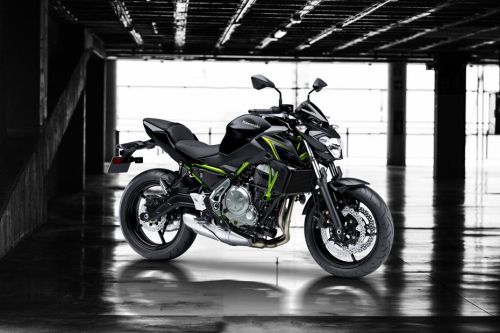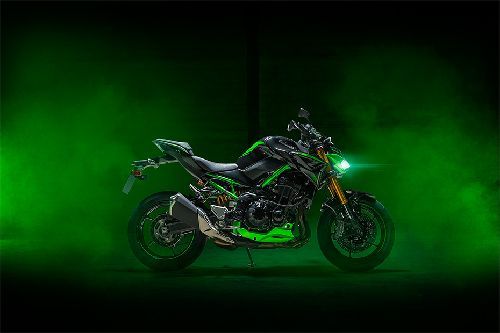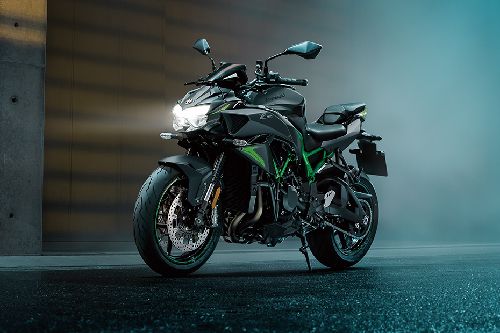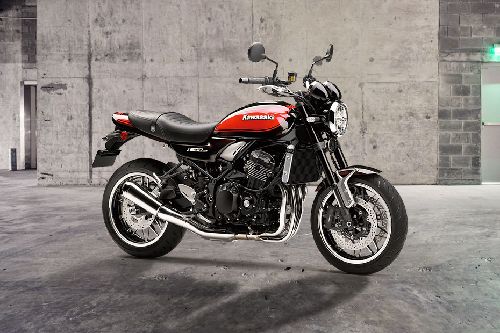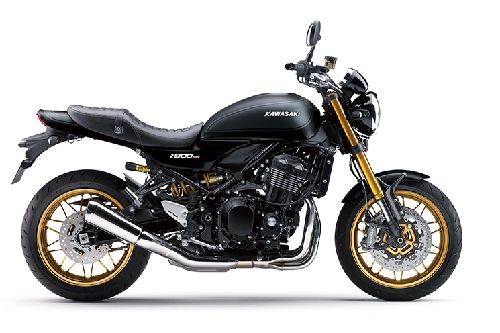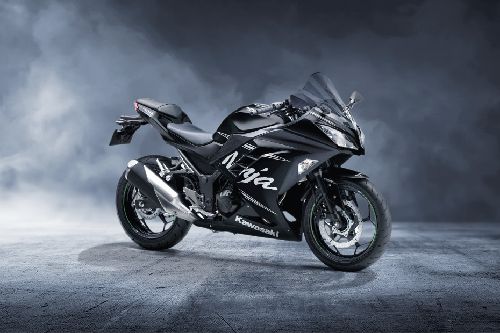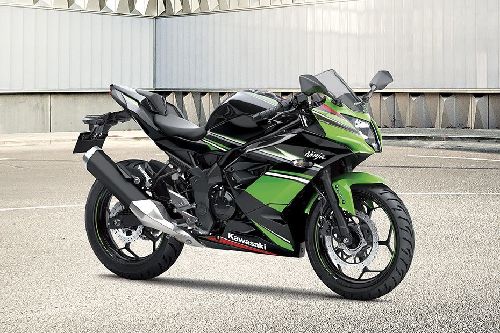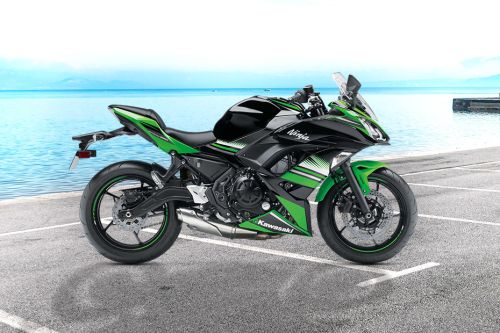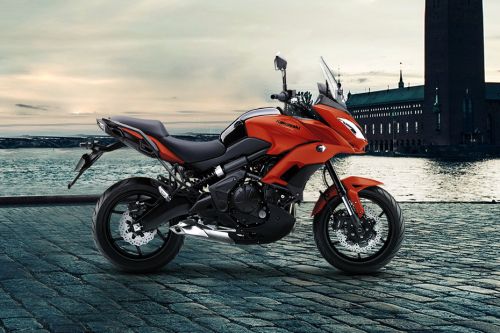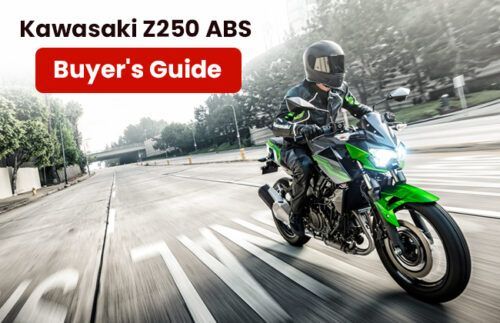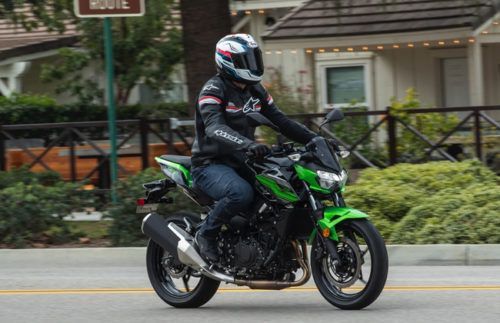Z 250 Pros & Cons
Get the better insight and helps to buy or notThe Z series of Kawasaki is well known for the aggressive-looking motorcycles which fall under it. And the Z250, despite being one of the smallest one of the lot, has a big bike appeal to it. The razor-sharp design with new changes to headlamps and fuel tank make it look muscular and sharp.
Despite being an entry-level performance-oriented motorcycle, the Kawasaki Z250 is equipped with all the premium cosmetic features which are usually found in a flagship motorcycle. Things like all-LED headlamps and tail lamps as well as fully digital instrument console from the Z650 do lift up the appeal o of the Z250.
The four-stroke, liquid-cooled, fuel-injected, parallel-twin, 249cc engine of the Kawasaki Z250 is very impressive as far as performance and refinement is concerned. With 37PS of maximum power and 23Nm of peak torque on tap, the Kawasaki Z250 is one of the most powerful quarter-liter nakeds in the market right now.
While the stiff suspension setup does aid the Kawasaki Z250 in handling department, it does take a small toll on the overall ride quality, which isn’t too plush on uneven tarmacs. Adding to it, the pillion seat too is small and a bit hard, making it a bit uncomfortable for pillion riders on longer rides.
While the fully digital instrument console on the Kawasaki Z250 looks fancy with its unique layout, it is not as convenient to read in bright daylight.
Compared to all the other twin-cylinder motorcycles, the Kawasaki Z250 is priced at quite a premium point, which when taking the competition into account, seems lesser value for money.
Recent Updates of Kawasaki Z 250
An all-new inline-four Kawasaki Z250 is said to be in the making by the Japanese manufacturer. This bike is said to be based on the ZX-25R platform and will most likely be launched by the end of 2022 or early 2023. The Z-250 is currently available in two variants in the Malaysian market and comes priced from RM 14,850. Powering this naked bike is a 249cc liquid-cooled fuel-injected single-cylinder engine that makes 27.6 hp of power at 9700 rpm and 22.6 Nm of torque at 8200rpm. The engine is paired to a six-speed manual gearbox.
Gallery of Z 250
- exterior
- color
Kawasaki Z 250 Exterior Images
Exterior ImagesKawasaki Z 250 has 13 images of its exterior, top Kawasaki Z 250 2025 exterior images include Slant Rear View Full Image, Left Side View Full Image, Right Side Viewfull Image, Fuel Tank View, Engine View, Head Light View, Exhaust View, Rider Seat View, Front Brake, Rear Brake, Rear Tyre, Speedometer, Marketing Image.
Read MoreKawasaki Z 250 Videos
Watch the video review of Kawasaki Z 250 to learn about interior, exterior, performance, mileage and more.
Z 250 Features Highlights
Kawasaki Z 250 Review 2025
The Kawasaki Z250 was launched in Malaysia way back in 2013. Since then it has not received any major updates. Built as a naked streetfighter version of the Ninja 300, with a design inspired from its bigger brothers (the Z800 and the Z1000), it took its engine from the Ninja 250 – albeit in a friendlier tune. Much like the Kawasaki lineup then, it had a very confusing birth. It dominated the 250cc scene in the country at that time, thanks mainly to its very competitive pricing at RM 21589. This made it the ideal entry-level bike for anyone who wanted to ride something bigger than a kapchai. But since then, the market has been transformed by the likes of KTM and Yamaha. So, how does the Kawasaki stack up against today’s competition? Let’s find out.
Overview |
|
| Brand | Kawasaki Malaysia |
| Price | RM 14,850 - 20,370 |
| Body Type | Sport |
Powertrain |
|
| Engine | 248 cc - 249 cc |
| Transmission Type | Manual |
| Power Output |
27.6 hp and 22.6 Nm of torque 36.49 hp and 23 Nm of torque |
| Fuel Type | Petrol |
| Drive Type | Chain Drive |
Dimensions |
|
| Seating Capacity | 2 Seater |
| Width | 700 mm - 750 mm |
| Length | 1935 mm - 2010 mm |
| Height | 1015 mm - 1025 mm |
| Ground Clearance | 145 mm - 180 mm |
Kawasaki Z 250 Design
The first thing you will notice would be the headlight. Inspired by the Z800, it looks as if it’s raising its nose in disgust at the slow moving traffic. The design is quintessentially and unmistakably Kawasaki. Same goes for the front heavy stance caused by the tank extensions and the belly cover. The rear is neat and racy. The console has a big analog half circle tachometer along with a digital display that shows everything else – the fuel gauge, trip meter, odometer and the clock. What is missing, however, is a gear indicator, which seems like an oversight on a bike meant for beginners. It uses a steel tube diamond frame chassis and rides on 120 mm Y-spoke alloys on the front and 132 mm ones in the rear. There are 110/70-17M/C 54S tires on the front and 140/70-17M/C 66S tires on the rear. No clip-ons here so the seating position is upright. Tall riders may feel cramped due to rear set foot pegs. The seat height is pretty low at 785 mm aiding handling and raising the confidence of shorter riders. The 1400 mm wheelbase and 26-degree rake angle serve to make the bike agile. The seat, however, may feel inadequate on rough roads. Thankfully, the ground clearance is decent at 145 mm. The fuel tank will also feel satisfactory at 17L. Build quality is good and it feels like a premium product.
Z 250 Ride & Handling
The 37 mm telescopic front forks and the adjustable monoshock in the rear perform well on smooth roads. The rear is stiff for riding on broken potholed roads. The chassis allows for good handling characteristics. It feels confident while swerving and allows lean angles on the 168 kg bike easily. The 35-degree steering angle and the short wheelbase also helps in this. The tires, however, feel restrictive. This bike could definitely use some better aftermarket tires. Thanks to the burgeoning aftermarket scene there is no dearth of such options.
Kawasaki Z 250 Engine & Fuel Consumption
The engine is the biggest draw for the Kawasaki and even today stands out from the crowd. It is a liquid-cooled, fuel injected, DOHC Parallel Twin, displacing 249cc and with 4 valves per cylinder. It produces 32 PS at a mind-numbing 11000 rpm and 21.0 Nm of torque at 10000 rpm. The fuel injection uses a dual throttle valve that not only controls the fuel delivery but also delivers good fuel economy. The engine’s sweet spot lies above 5000 rpm after which the bike really comes into its element. This does mean that the bike will always have to be kept high revving. It delivers the completely opposite kind of performance from the KTM in terms of outright acceleration. It is, however, a refined engine with very few vibrations felt through the handlebars. Transmission is a 6-speed unit. Fuel economy is also great at 30 km/L when driven sensibly.
Z 250 Braking & Safety
There is a single 290 mm petal disc in the front and a 220 mm petal disc in the rear, both using a dual piston caliper setup. Yet again it misses out on ABS which feels like an oversight against the competition. The brakes by themselves, however, feel adequate and provide good feel.
Kawasaki Z 250 Owner Reviews
Write a Review- All (38)
- Features (9)
- Specs (23)
- Tire (3)
- Exterior (10)
- Seats (4)
- Dimension (6)
- Mileage (11)
- Engine (12)
Latest Question
Q. What is the Kawasaki Z 250 top speed?
Q. What is the Kawasaki Z 250 Ground Clearance?
Q. What is the Kawasaki Z 250 seat height?
Q. What is the Kawasaki Z 250 fuel tank capacity?
Q. What is the different of SL and STANDARD?
Other Kawasaki Z 250 Motorcycles
Kawasaki Featured Motorcycles
Nearest Kawasaki Showrooms
Kawasaki Z 250 News and Reviews
- Z 250 News
